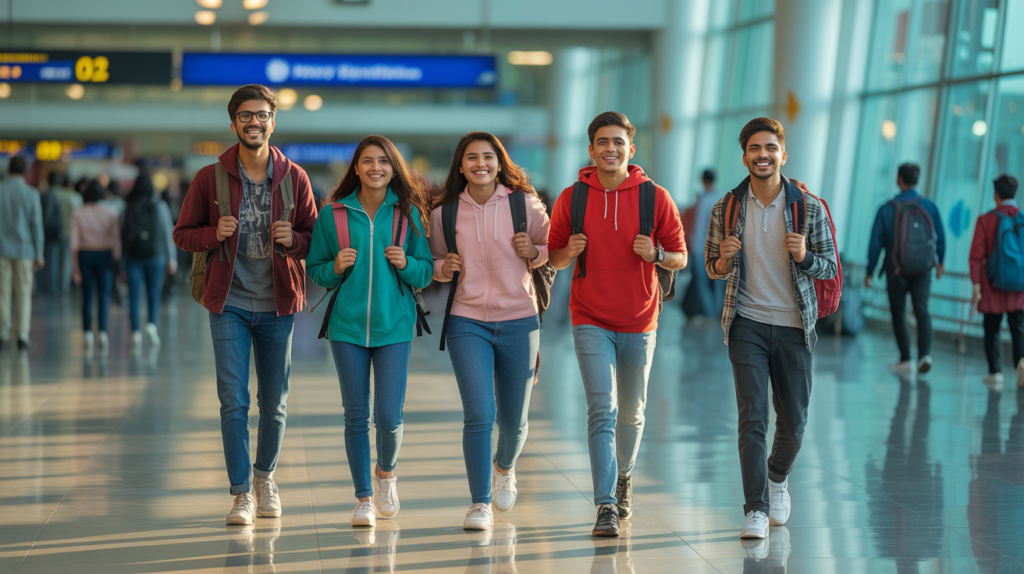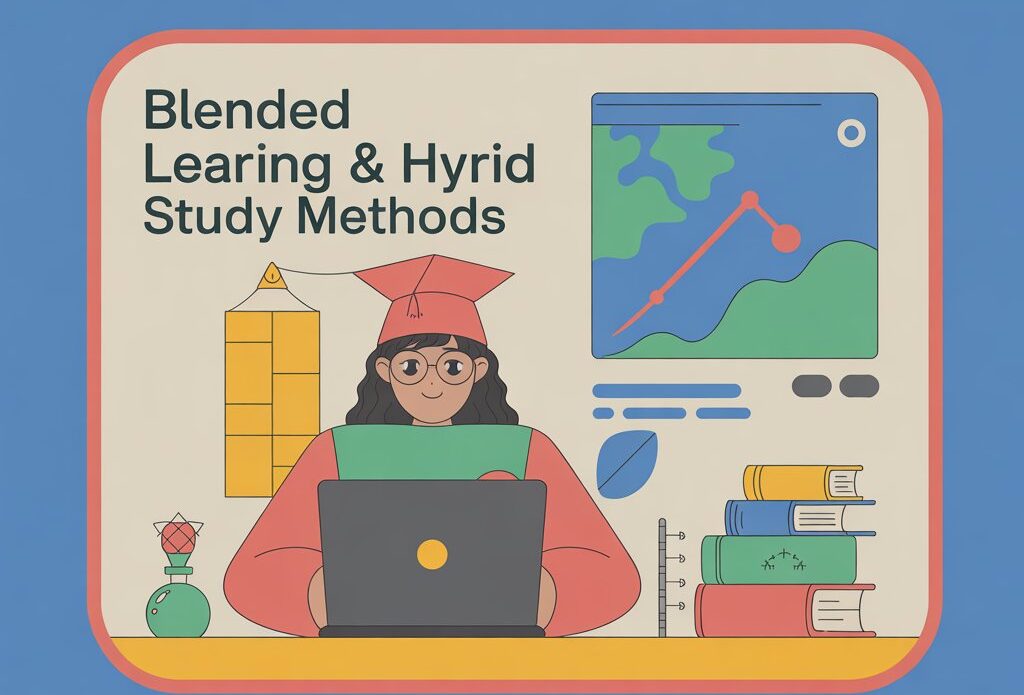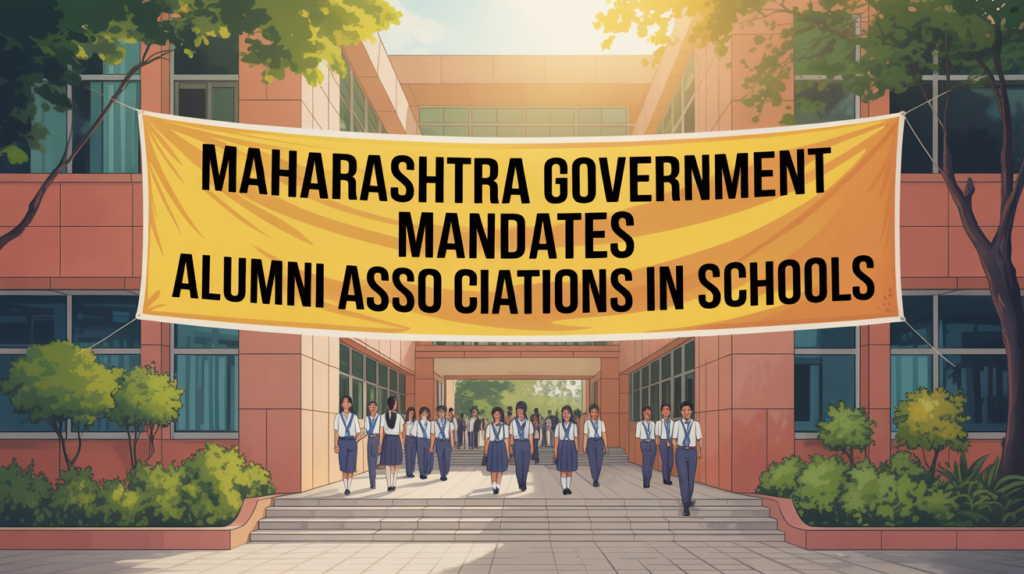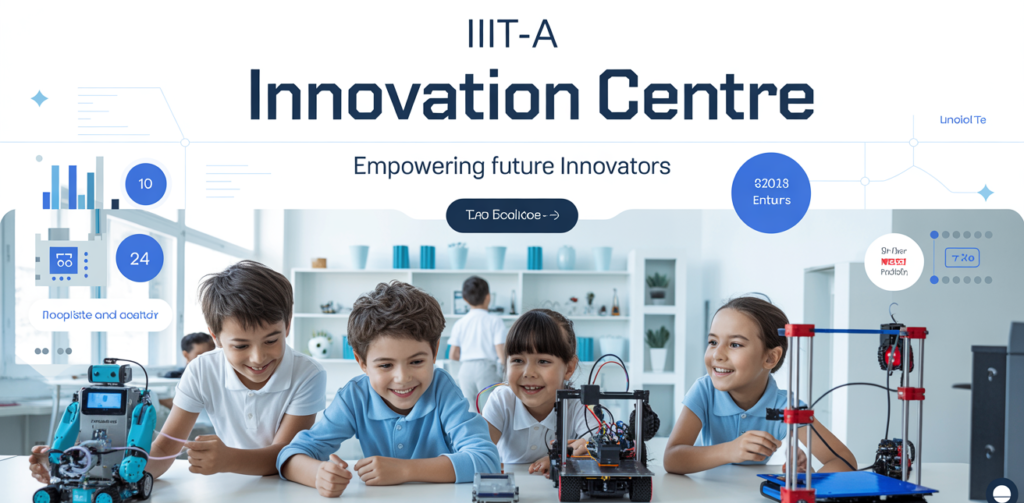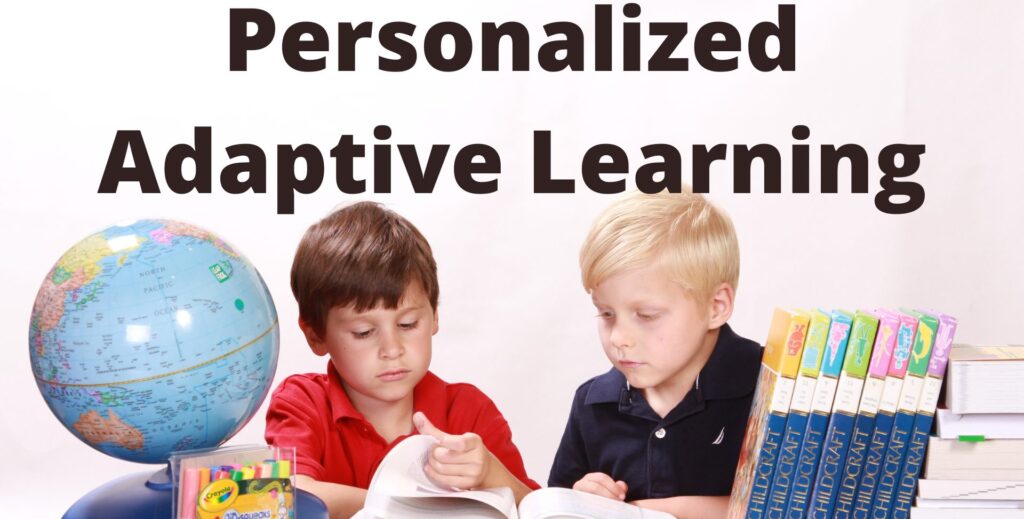Drop in Indian Students Going to the USA: 7 Key Insights on Causes, Trends & Future Study Abroad Options
Drop in Indian Students Going to the USA The drop in Indian students going to the USA has become one of the most discussed topics in global education this year. For decades, the U.S. has been the top destination for Indian students seeking world-class education, research opportunities, and career growth. However, recent data shows a significant slowdown in new enrollments, raising concerns among parents, universities, and policymakers alike. This blog dives deep into the causes, consequences, and emerging alternatives behind the drop in Indian students going to the USA — and what it means for the future of global education. Understanding the Drop in Indian Students Going to the USA According to recent reports, the number of Indian students going to the USA has declined for the first time in nearly a decade. While India remains the second-largest source of international students in the U.S., the rate of growth has slowed down considerably compared to countries like Canada, Australia, and the UK. This drop in Indian students going to the USA is not just a statistical change — it reflects a major shift in global academic preferences, visa policies, and affordability concerns. 🧩 1. Rising Cost of Education and Living One of the leading reasons for the drop in Indian students going to the USA is the soaring cost of tuition and living expenses. American universities are among the most expensive in the world, and when combined with inflation and a strong U.S. dollar, the cost of studying abroad has become unmanageable for many Indian families. Average tuition for graduate programs: $30,000–$50,000 per year Average living costs: $15,000–$20,000 annually In comparison, countries like Germany, Canada, and France offer more affordable education with government scholarships, making them attractive alternatives. 🕊️ 2. Visa Challenges and Post-Study Uncertainty The drop in Indian students going to the USA also correlates with stricter U.S. visa rules and post-study work uncertainty. While the H-1B visa once attracted thousands of Indian graduates, policy changes and long waiting periods have discouraged many. Students now prefer destinations with smoother visa-to-job pathways, such as: Canada’s Post-Graduate Work Permit (PGWP) UK’s Graduate Route Visa (2 years) Australia’s Temporary Graduate Visa These policies provide clearer routes for international graduates to gain global work experience. 🌍 3. Rise of New Study Destinations Another major trend behind the drop in Indian students going to the USA is the rise of new global education hubs. Countries like Canada, Germany, Singapore, and the Netherlands are witnessing a sharp increase in Indian student enrollments. For example: Canada saw over 300,000 Indian students in 2024, a record high. Germany now hosts more than 45,000 Indian students, thanks to tuition-free public universities. These nations provide high-quality education at lower costs and emphasize work-life balance and student safety, making them more appealing than ever. 💡 4. Impact of AI and Online Learning Models The global shift toward AI-driven and hybrid learning has also impacted the drop in Indian students going to the USA. With AI-powered platforms like Coursera, edX, and Google Career Certificates, Indian students can now access Ivy League-level courses from home. Moreover, many universities offer online master’s programs in computer science, business analytics, and data science — allowing learners to gain U.S. degrees without relocating. 💬 5. Domestic Opportunities in India The drop in Indian students going to the USA also mirrors India’s growing educational capacity. Indian institutions such as the IITs, IIMs, and IISc have been rising in global rankings, offering world-class education at a fraction of international costs. The National Education Policy (NEP) 2020 has further encouraged global partnerships, credit transfer systems, and international collaborations — allowing students to experience a mix of Indian and foreign education without leaving home. 📉 6. Safety Concerns and Changing Priorities Concerns about gun violence, racial discrimination, and mental health challenges in the U.S. have played a part in the drop in Indian students going to the USA. Many parents now prioritize countries that are safer, culturally inclusive, and student-friendly. Additionally, Gen Z students increasingly focus on sustainability, inclusivity, and digital innovation — values often reflected more strongly in European and Asian universities. 🚀 7. Future Outlook: Balancing Global and Local Learning The drop in Indian students going to the USA does not mean an end to Indo-American academic ties. Instead, it signals a rebalancing — where students explore shorter exchange programs, joint research, and hybrid degree models combining U.S. and Indian curricula. Collaborations like: IIT Delhi–Stanford research tie-ups MIT’s online degree partnerships AI and innovation incubators between U.S. and Indian universitiesare ensuring that global learning remains accessible, flexible, and future-ready. Positive and Negative Impacts of the Drop in Indian Students Going to the USA The drop in Indian students going to the USA has far-reaching consequences — not just for the students themselves, but also for educational institutions, international collaborations, and the overall learning ecosystem. While the trend poses challenges, it also opens doors to new opportunities and reforms in both India and abroad. Let’s explore the positive and negative impacts of this major educational shift in detail 👇 ✅ Positive Impacts of the Drop in Indian Students Going to the USA 1. Encourages Diversification of Global Learning Destinations One of the biggest advantages of the drop in Indian students going to the USA is the widening of global education choices. For decades, the U.S. dominated as the top study-abroad destination for Indian learners. Now, as numbers decline, more students are exploring alternative education hubs such as: Canada – known for its student-friendly immigration and post-study work policies. Germany – offers tuition-free education in public universities. Australia and the UK – provide flexible visa extensions and work opportunities. This diversification reduces dependence on a single country and allows Indian students to choose destinations that best match their academic goals, budgets, and personal comfort. 2. Boosts India’s Domestic Higher Education Ecosystem The drop in Indian students going to the USA indirectly benefits India’s own education system. With fewer students going abroad, top Indian universities like the IITs, IIMs, and
